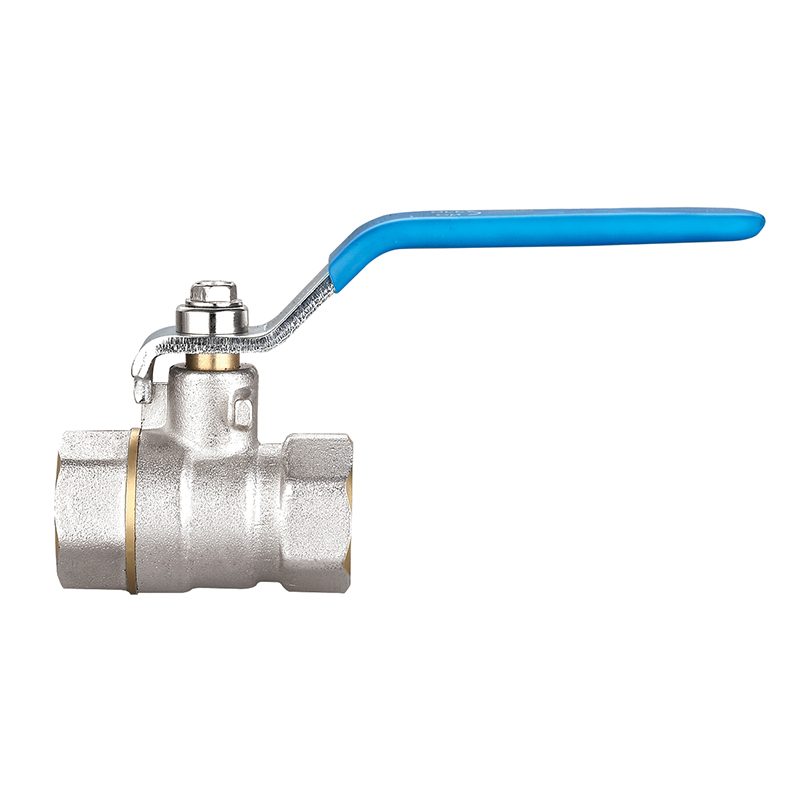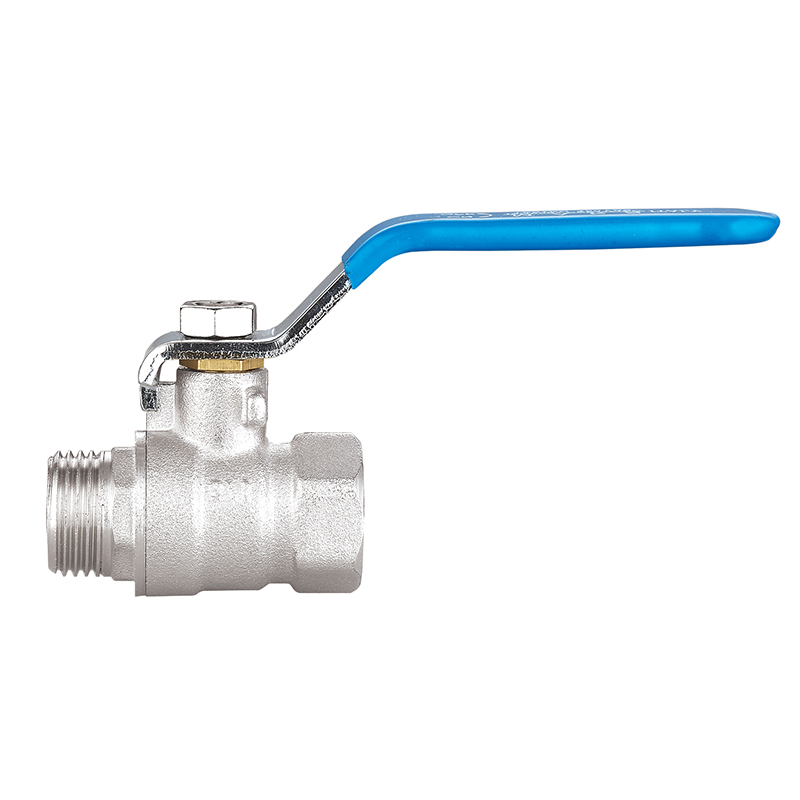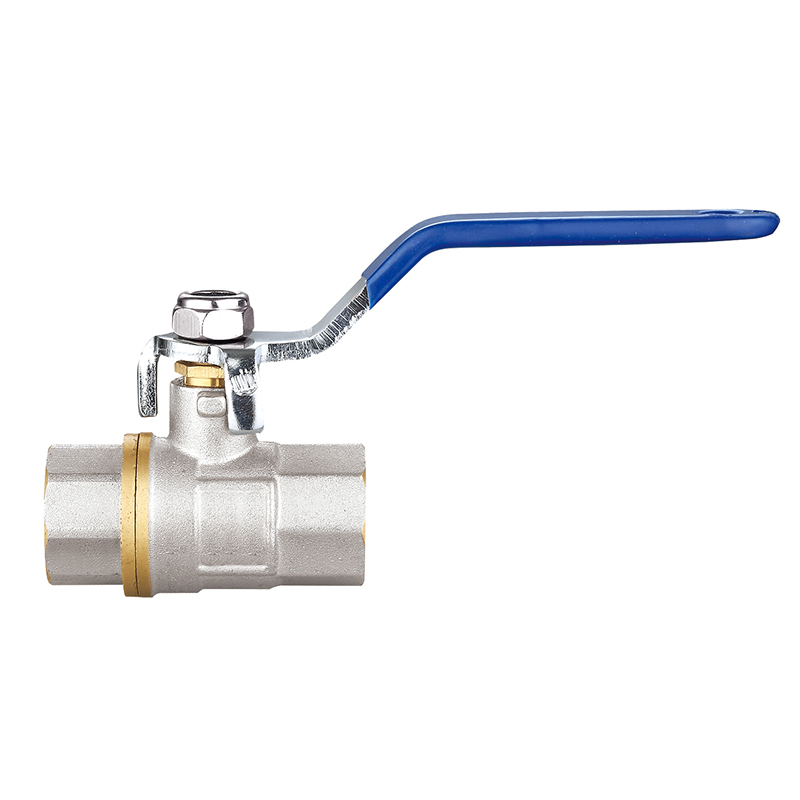How Foot Valve Manufacturers Support Global Pump Systems
2025-11-07
In the fluid‑control sector, foot valve manufacturers play a fundamental role by providing key components that support pump systems, water supply and industrial pipelines. A “foot valve” typically serves as a one‑way valve at the inlet of a suction pipe or pump, preventing backward flow and keeping the system primed. One notable company in this field, Zhejiang Yuhuan Shuangwei Copper Products Co., Ltd., lists foot valves among its core product lines alongside ball valves, angle valves, and other water‑valve solutions.
Foot valve manufacturers are continuously improving their production processes to keep pace with market demands that emphasize durability, high material performance, and ease of installation. Advances in design and manufacturing techniques allow for more reliable and long-lasting valves that perform consistently under various operating conditions. Brass continues to be a preferred material for valve bodies and strainers due to its excellent corrosion resistance, ease of machining, and compatibility with potable-water systems. These qualities make brass valves both practical and dependable for a wide range of applications, from residential to industrial systems.
Manufacturing practices are being refined to ensure consistency and quality. Companies employ processes such as precision casting, CNC machining, surface finishing and pressure testing to verify each valve meets predefined criteria. At Shuangwei the website states that their entire processing design and measurement are carried out strictly under the company’s quality‑control system. These measures support longer service life, fewer leaks and more reliable performance in diverse applications.
The global foot valve market is shaped by developments in irrigation networks, municipal water supply systems, industrial water management, and residential booster-pump installations, manufacturers are expanding their offerings to meet diverse requirements. This includes providing a broader range of sizes to suit different flow capacities, lowering cracking pressures for smoother operation, improving strainer designs to prevent debris-related issues, and offering customizable options that allow clients to tailor valves to specific system needs. These advancements support better performance across multiple applications.
Another important dimension is the after‑sales support and maintenance guidance that accompanies valve supply. For foot valves, proper installation, strainer maintenance and periodic inspection are critical to performance and longevity. The article by Shuangwei emphasises that well‑made brass foot valves, when installed according to best practices (such as correct depth and clearance above the bottom of the well), can last for decades, underscoring the manufacturer’s emphasis on user education.
Material versatility is also receiving attention. While brass remains widely used, some manufacturers explore stainless steel, special alloys or enhanced strainer designs to handle more demanding conditions such as deeper wells, higher pressures or aggressive media.
Pricing and logistics are additional factors driving manufacturer behaviour. By controlling processes from raw casting to finished assembly, and by offering value‑added services such as technical drawings, certifications and mixed‑size shipments, manufacturers aim to provide competitive offers while maintaining product traceability and quality.
Conclusion
Foot valve manufacturing is positioned at the intersection of material engineering, production precision and end‑use reliability. By focusing on brass and allied materials, precise manufacturing workflows, comprehensive valve portfolios and customer support, manufacturers like Shuangwei help ensure that foot valves deliver dependable performance in a variety of water and fluid systems.
Whether you want to become our partner or need our professional guidance or support in product selections and problem solutions, our experts are always ready to help within 12 hours globally.




 русский
русский Español
Español عربى
عربى





